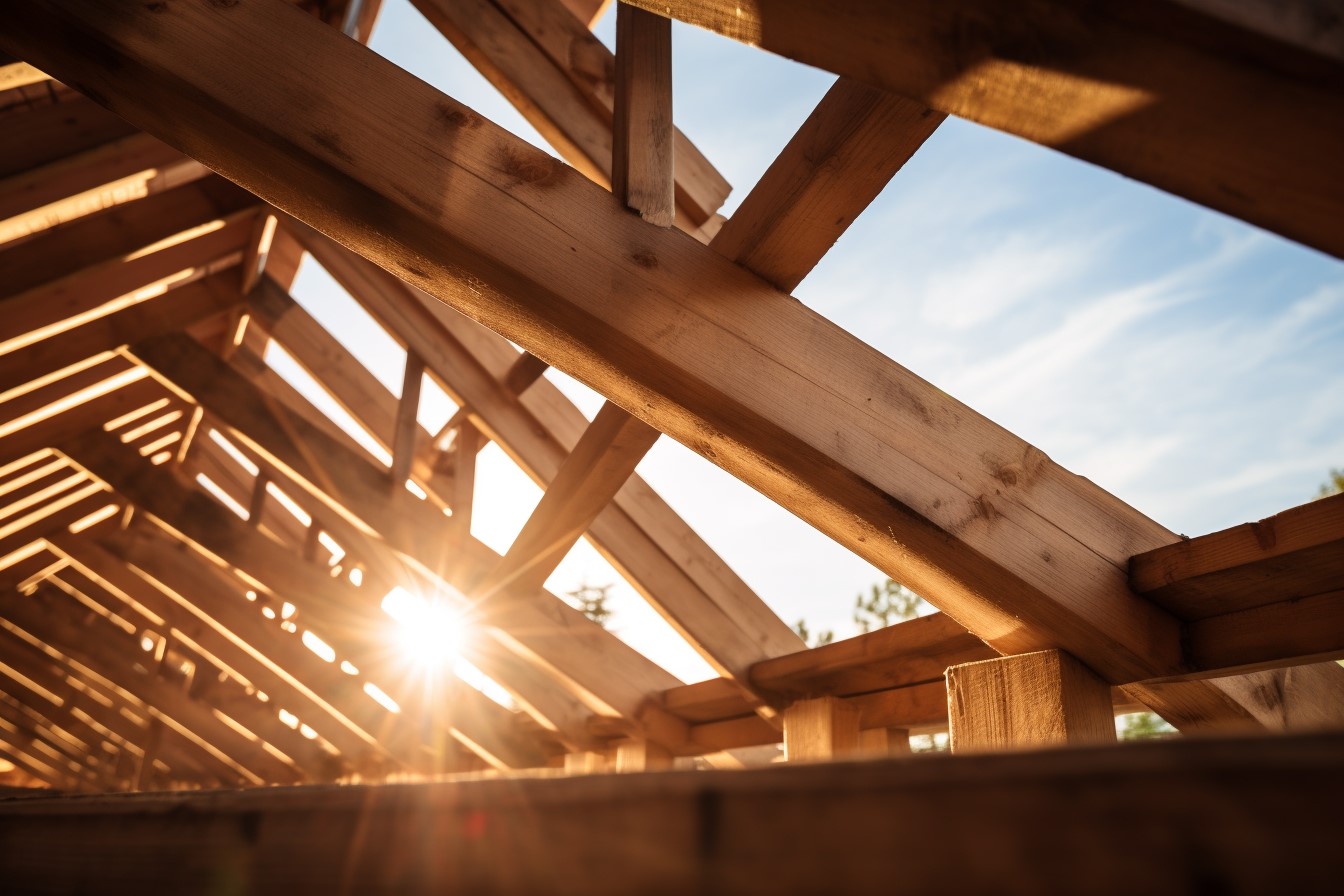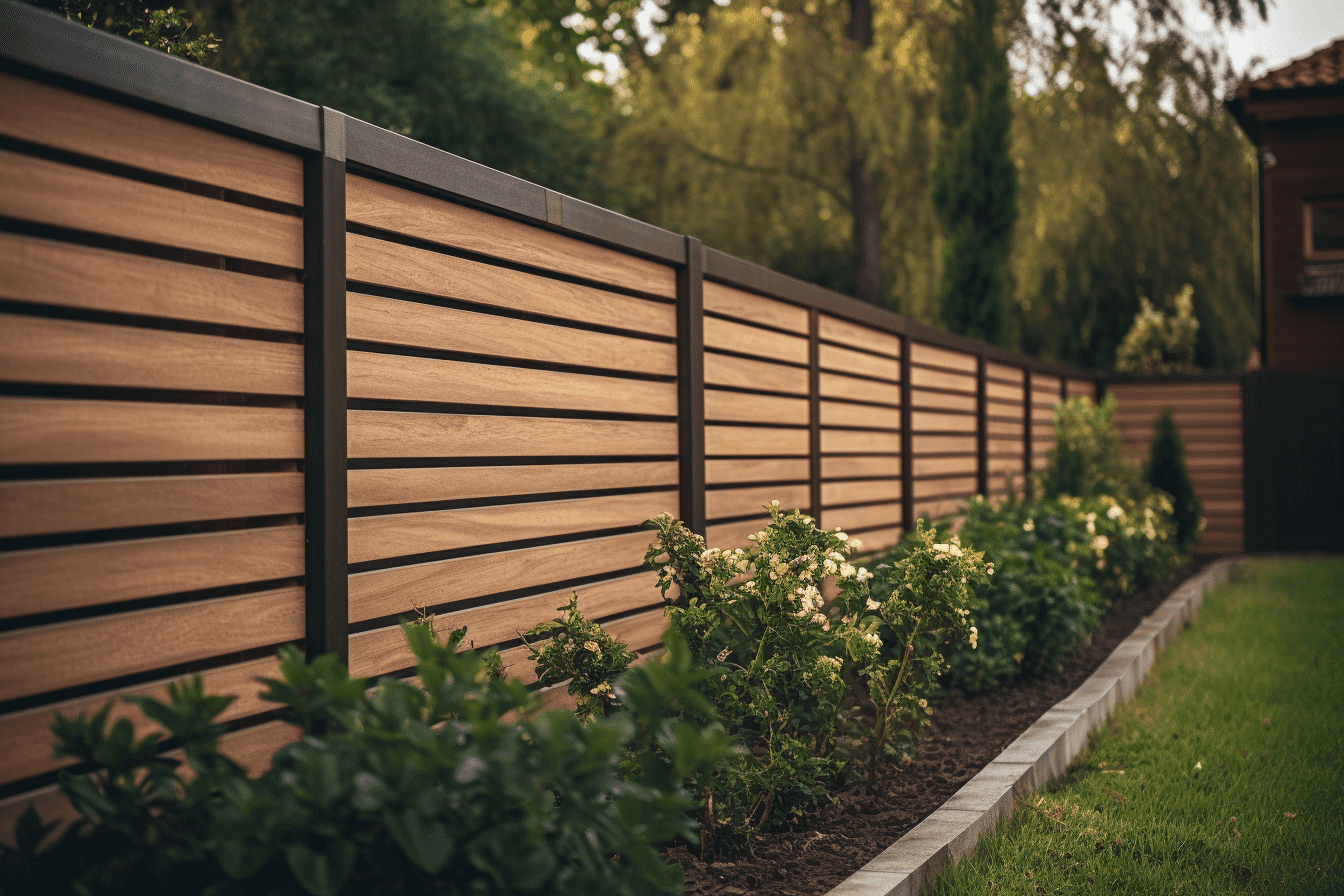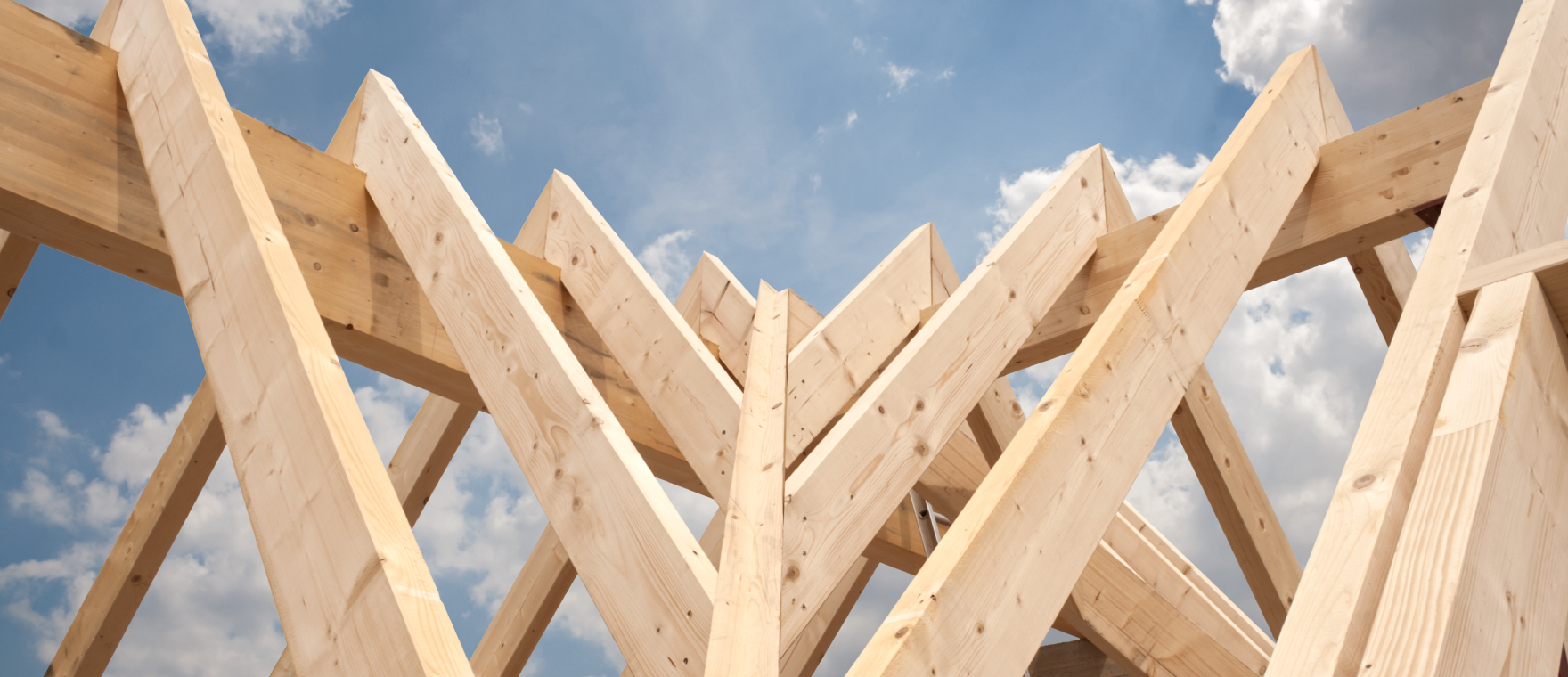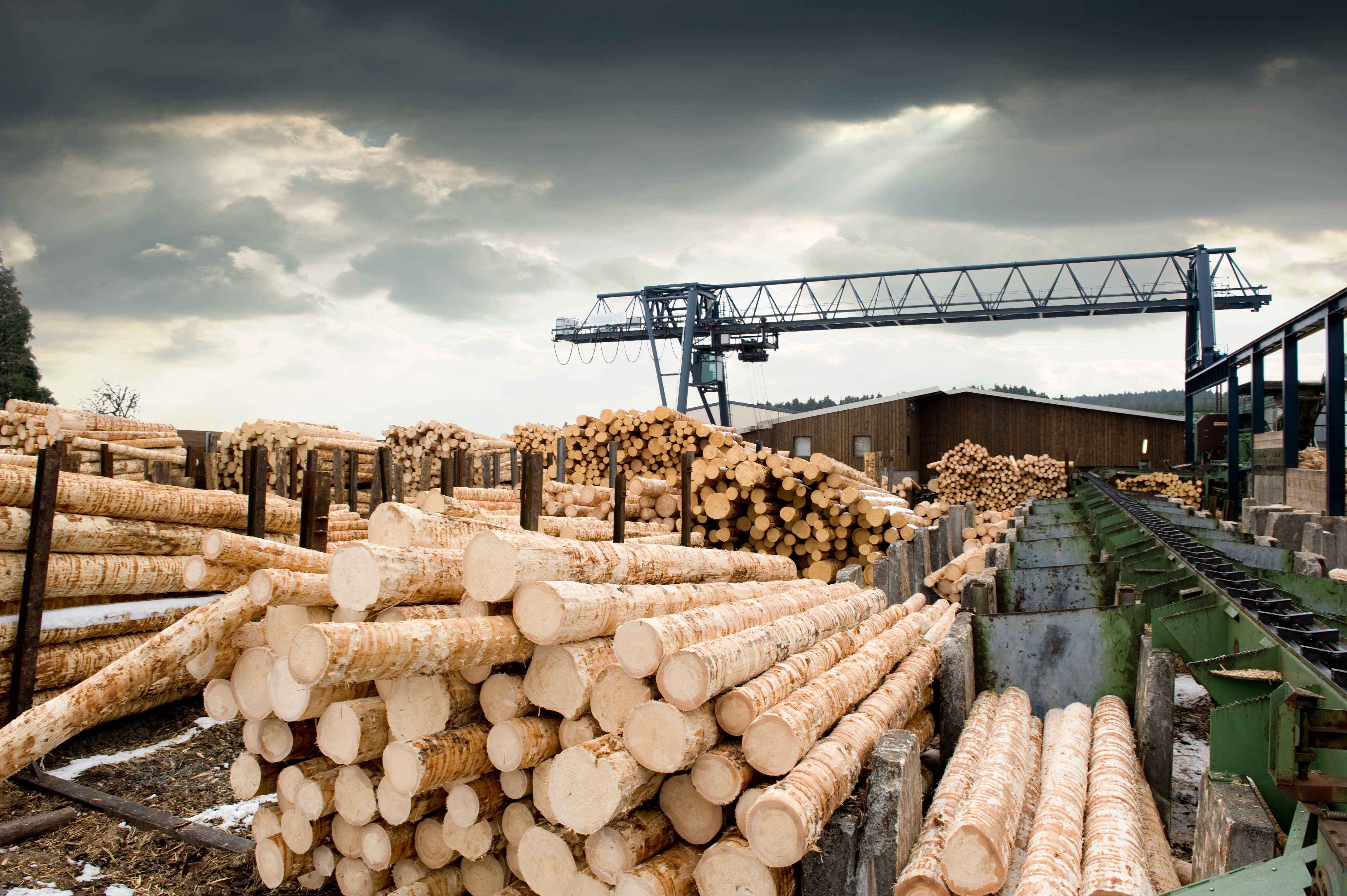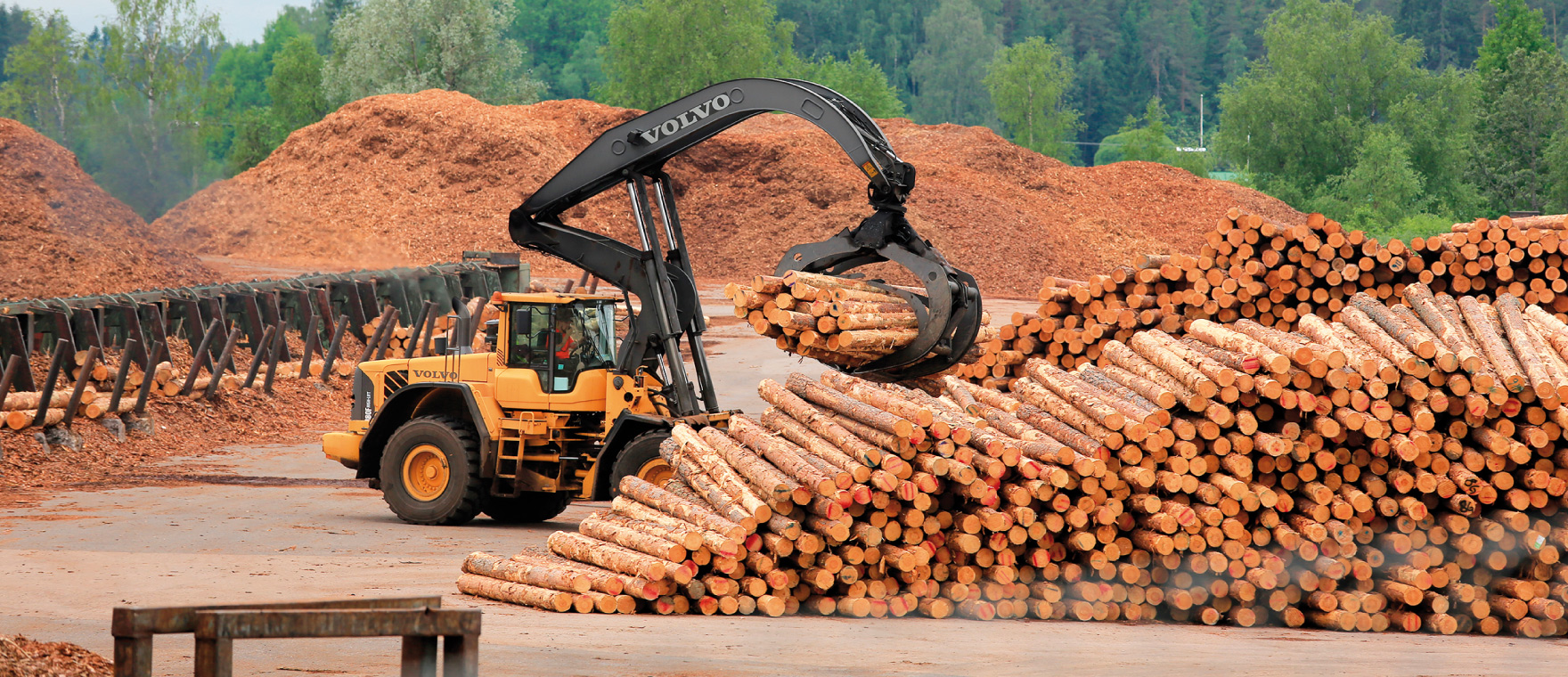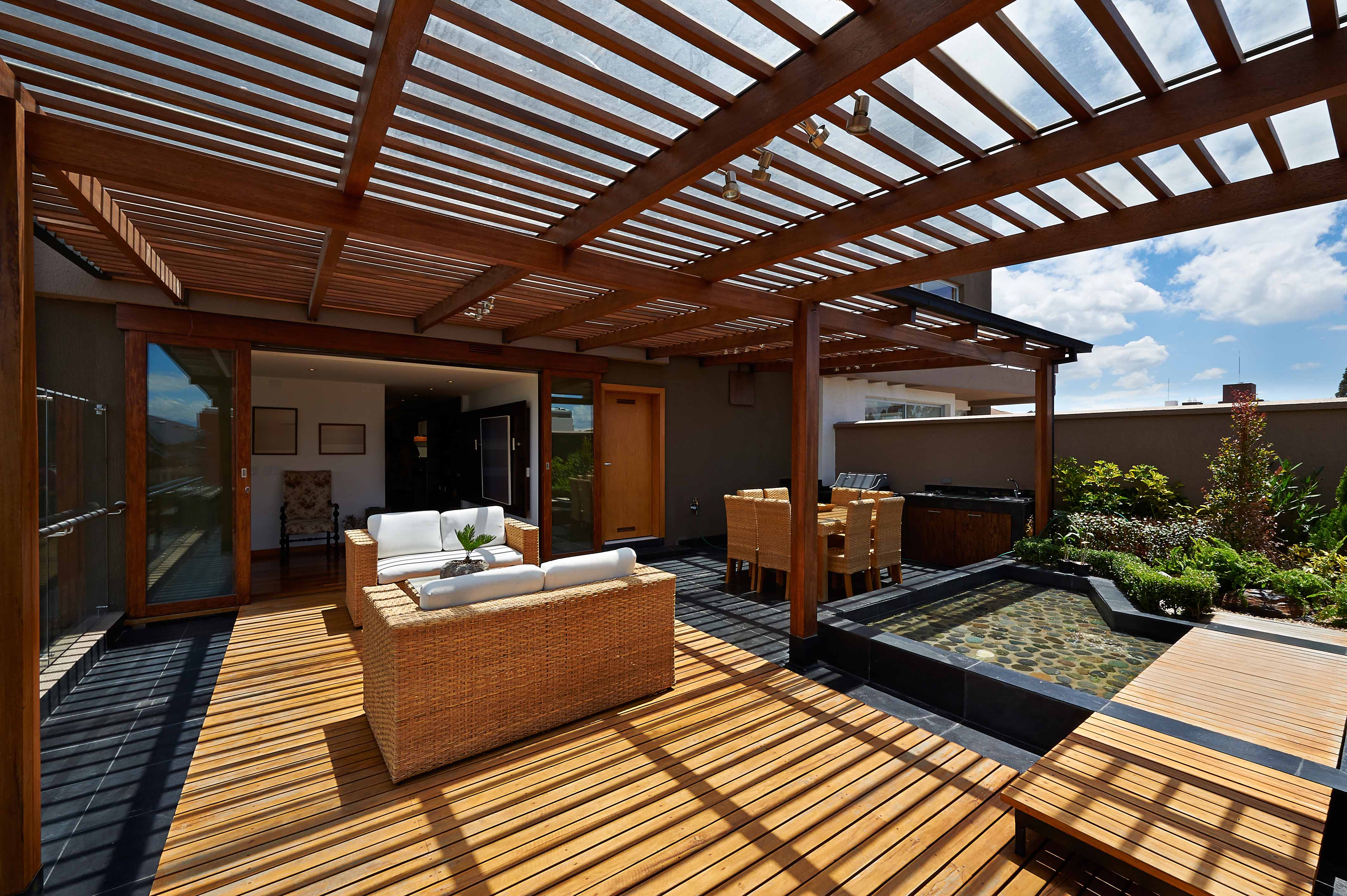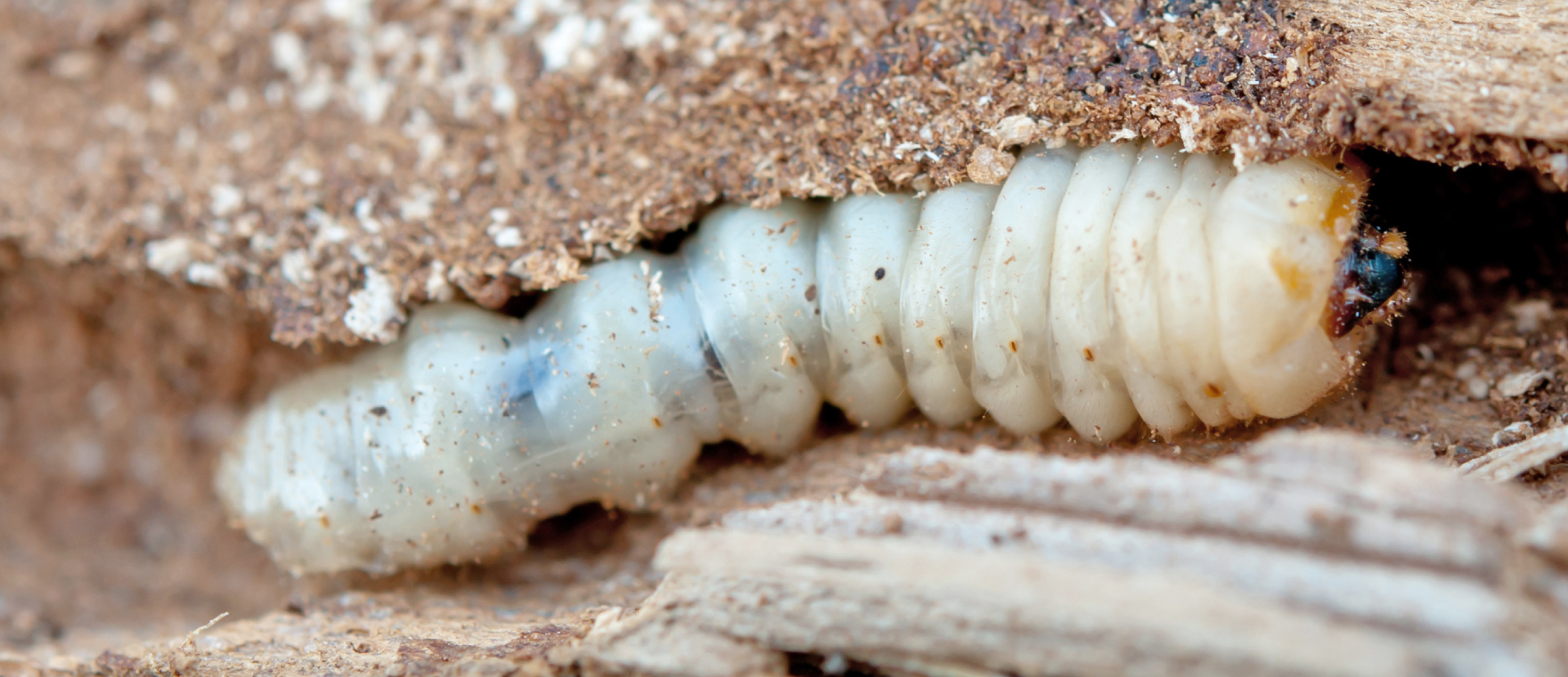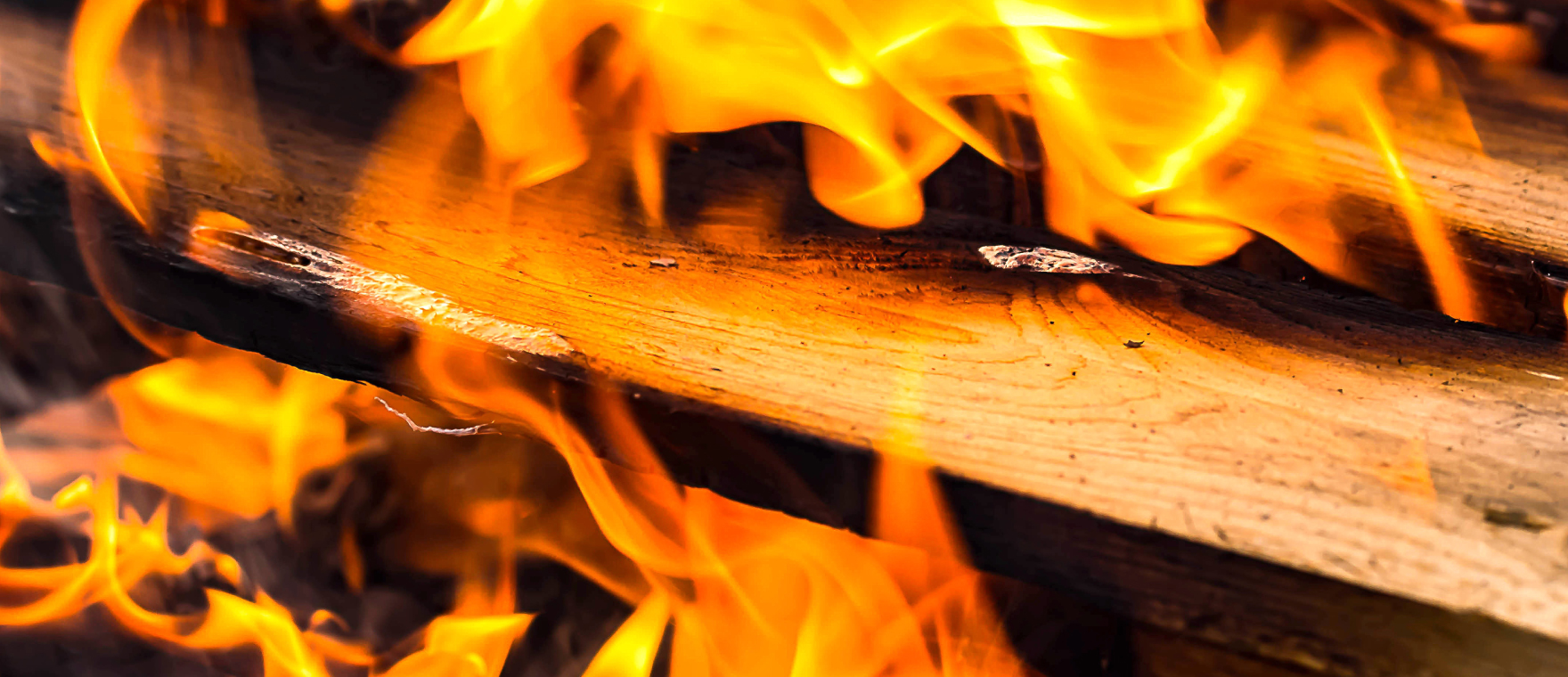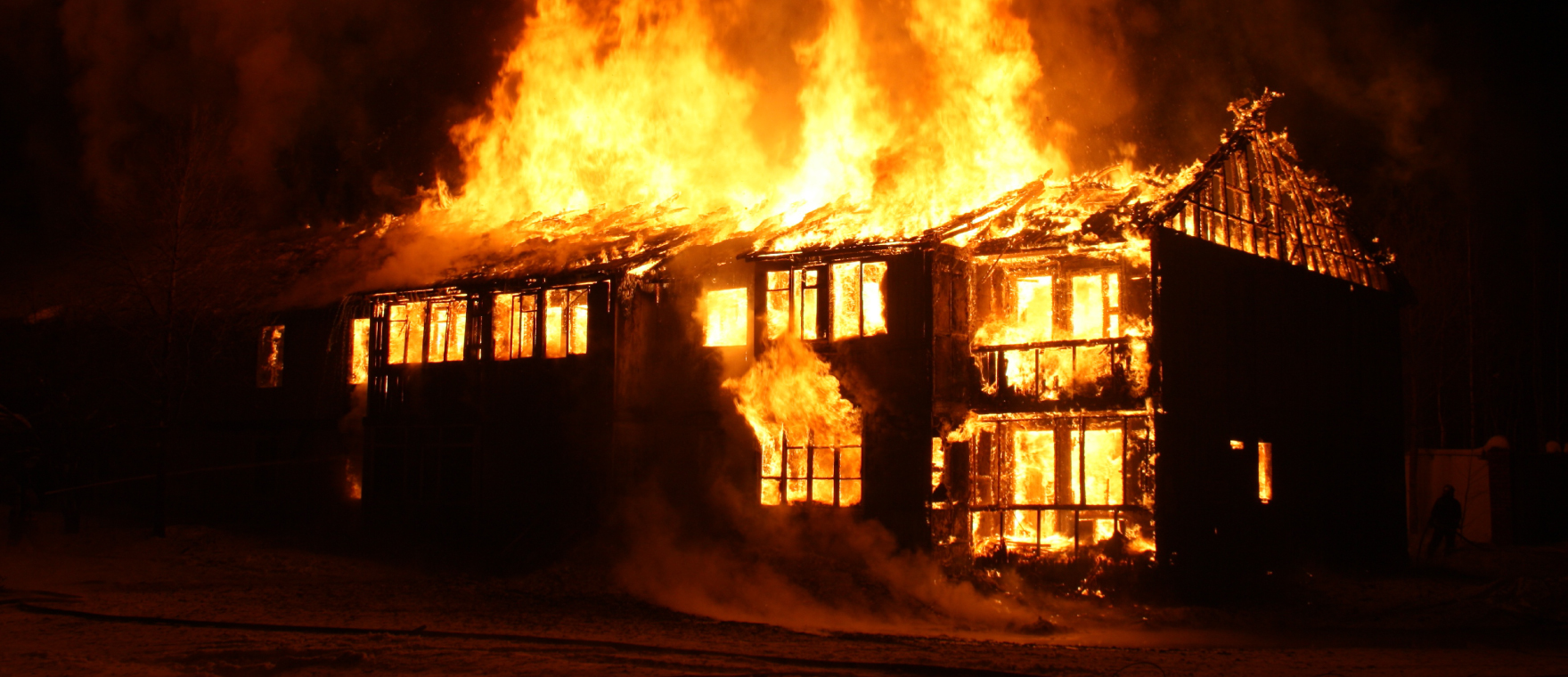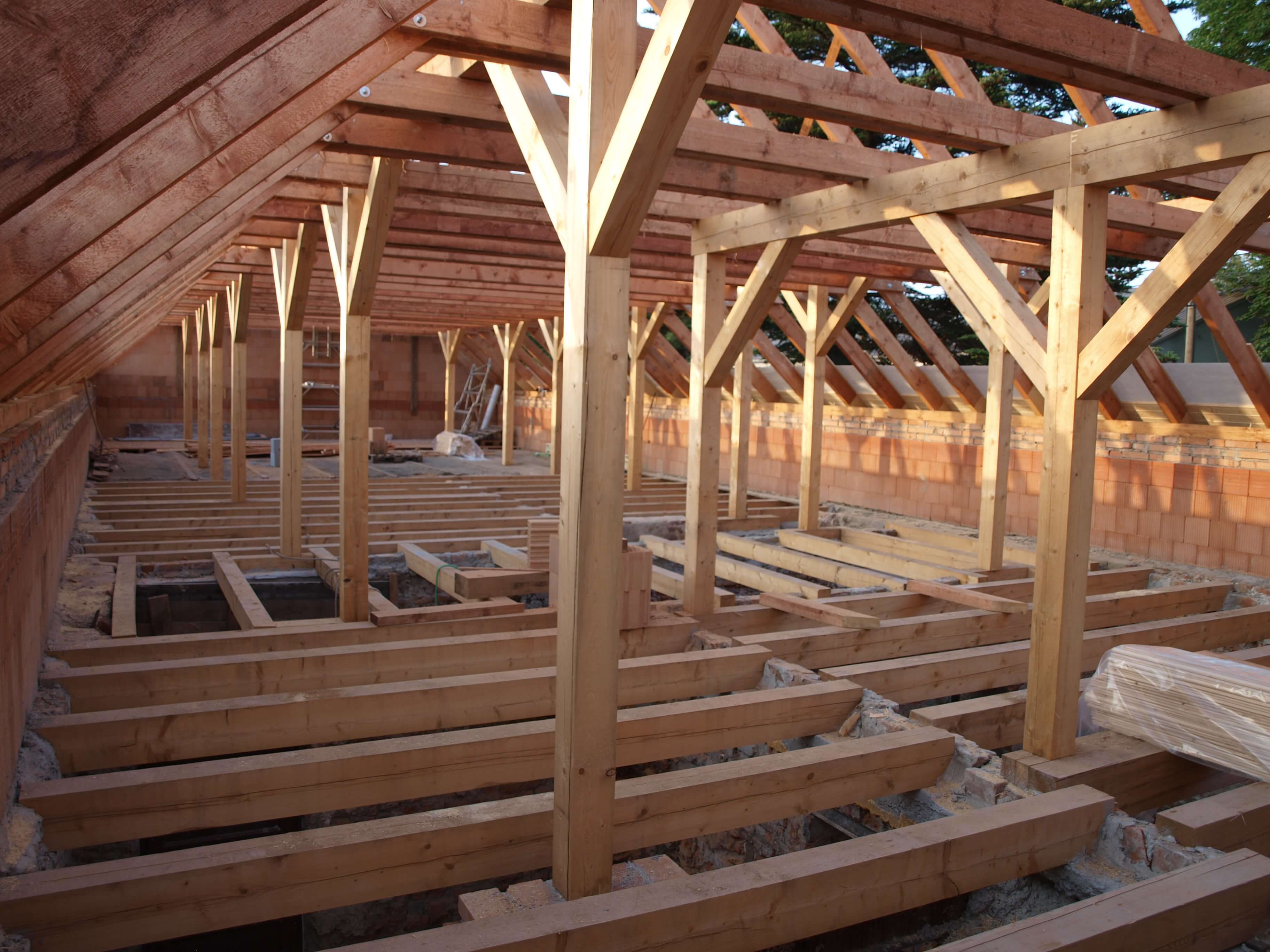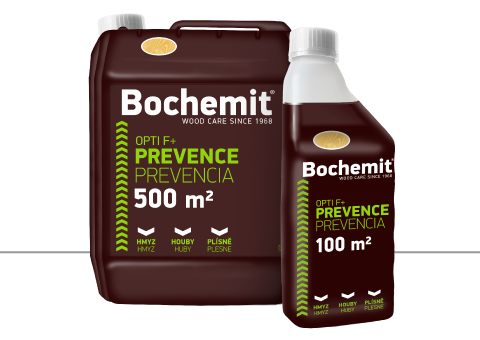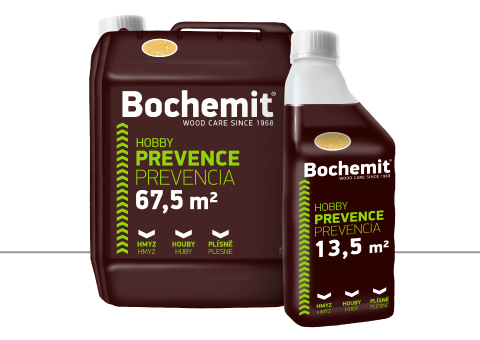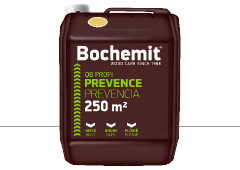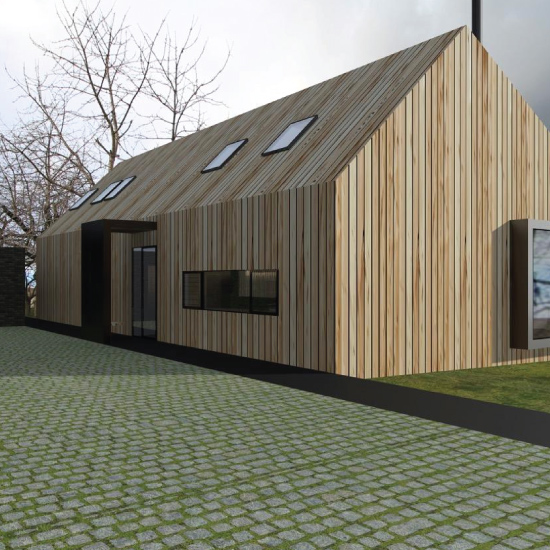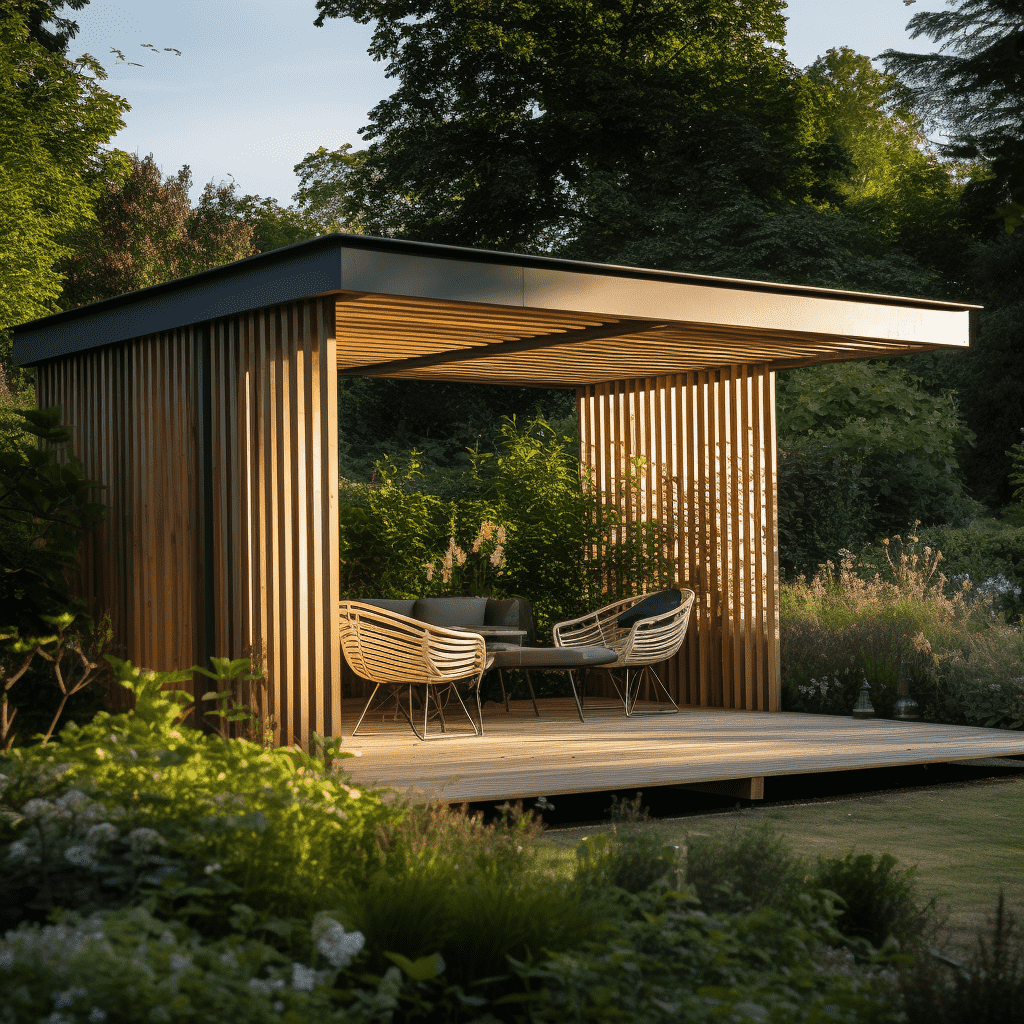Impregnated wood - the starting point for quality roofing
Are you longing to build your own house? Or have you already begun to make your dream come true? Or do you already live there but would like to renovate it? Whatever it may be, do not underestimate the importance of roof construction. After all, they do say that a roof makes a house a home. The roof should not merely be pleasing on the eye; it should be durable. Roof trusses should be built to the highest quality standards, with a decades-long useful life guarantee. However, it is also fundamental that structural timber should be protected against wood-decaying fungi, insects and mould.
Why Impregnate?
- Even when wood has been thoroughly dried, there is a risk of insect infestation when wood moisture rises above 10 % and temperatures exceed 10 °C. Meanwhile, structural timber often has a much greater humidity content than the recommended 20 %.
- A commonly used wood for the roof structure is spruce, which has a low resistance to wood-decaying fungi.
- It is impossible to entirely prevent sudden accidents to the wooden frame caused by weather conditions, which could lead to increased humidity.
- Construction errors can lead to leakage from rainfall or vapor condensation under variable temperatures, giving rise to a risk of increased humidity and infestation. A risk is also posed by horizontal surfaces on buildings that cannot drain easily.
How to impregnate
The easiest way is to buy high-quality impregnated timber from the sawmill. Sawmills professionally impregnate timber in dipping tubs or by vacuum-pressure impregnation. The manufacturer oversees impregnation quality - when at the sawmill, look for certification that the wood has been properly impregnated with BOCHEMIT-brand fungicides and insecticides, in accordance with the prescribed technological and test procedures. The product most commonly used at sawmills to protect wood against wood-decaying fungi, insects and mould is BOCHEMIT QB Profi.
You can also impregnate the wood yourself. BOCHEMIT Opti F+ or BOCHEMIT Hobby should do the trick. These products can be coated on easily by following the recommendations printed on the label or as described here.
Either way, all subsequent cross-cuts, recesses, cladding and other joints made in the timber after impregnation should also be treated on site, as these areas are most susceptible to pests and fungi and are predominantly where the process of devastation originates.
Is impregnation expensive?
Let's compare the prevention and refurbishment costs for a typical 15m x 10m home valued at CZK 3 million. The difference between professionally impregnated timber and untreated timber is approximately CZK 5,000. This is a negligible part of the home’s value and is well worth paying to help you sleep at night!

